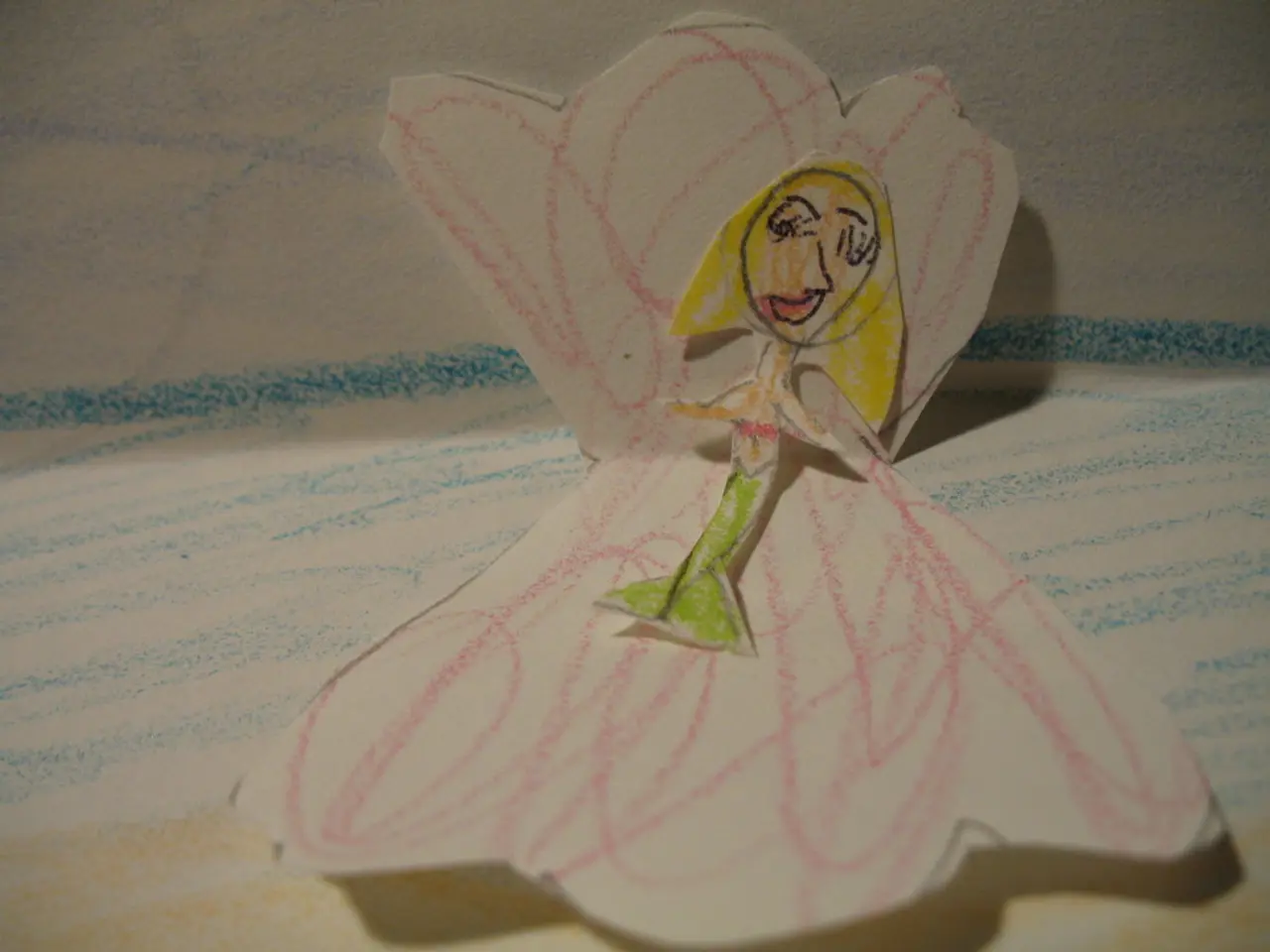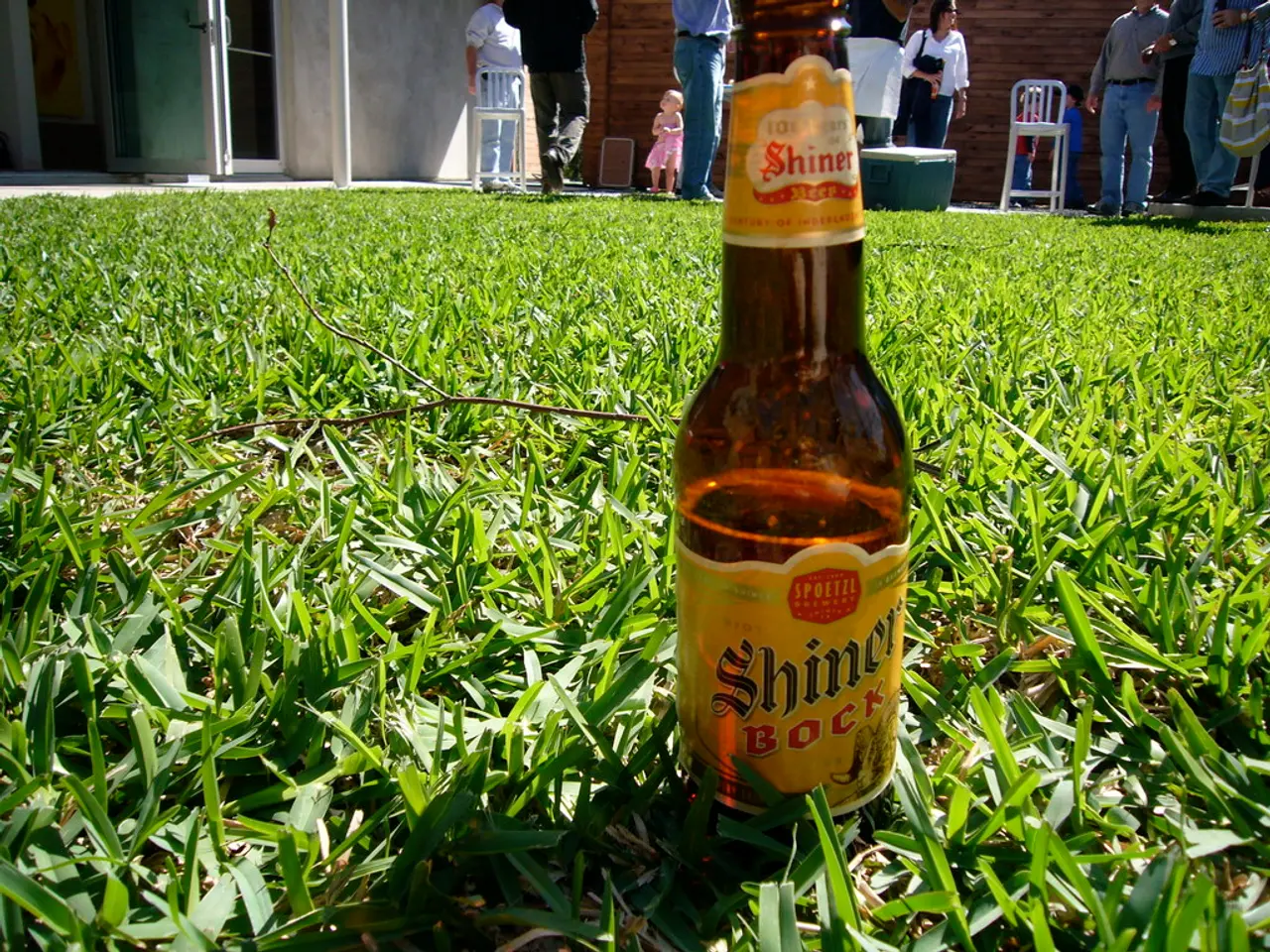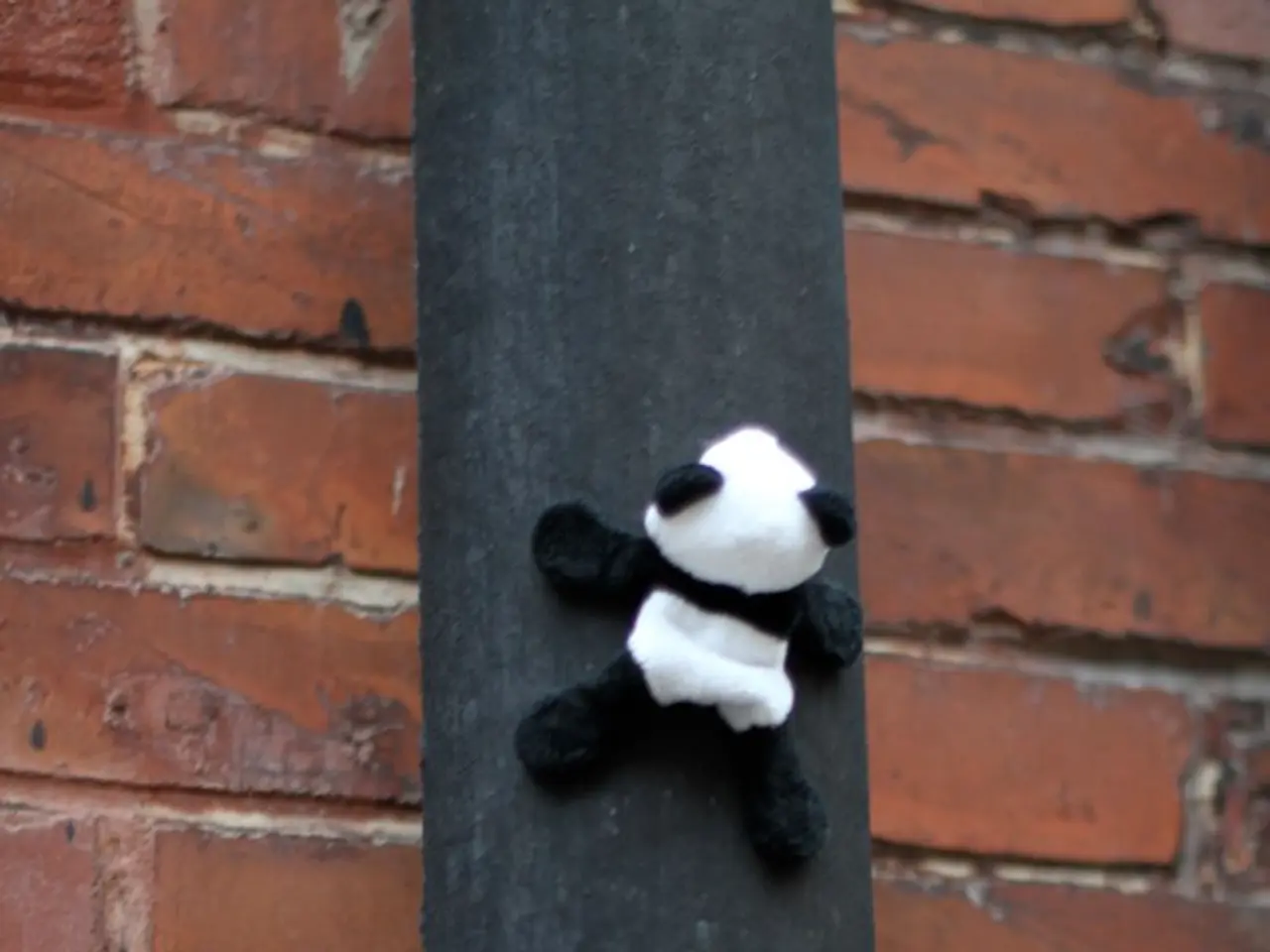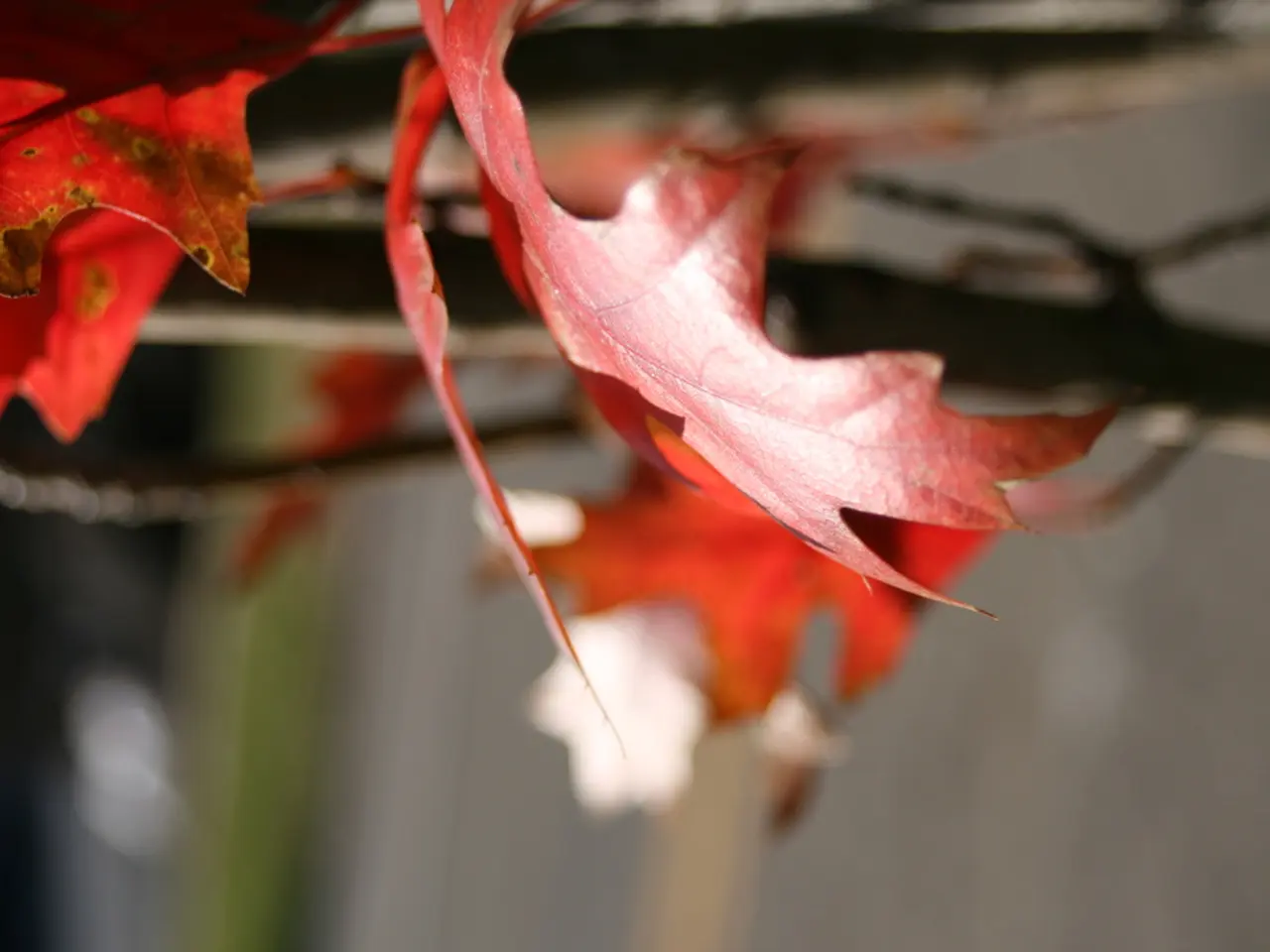Mastering the Art of Painting for Novices: Top Techniques and Guidance
In the world of art, beginners often find themselves overwhelmed by the vast array of mediums and techniques available. This article aims to provide some beginner-friendly tips and techniques for overcoming mental blocks and exploring different art mediums in painting.
**Overcoming Mental Blocks**
Creative blocks can be frustrating, but they are a common occurrence in the artistic journey. To combat this, artists are encouraged to engage in free writing and drawing exercises, change their environment, collaborate with others, practice mindfulness and meditation, and observe their surroundings closely. Sketching from life or still-life setups also helps sharpen focus and observation skills, ultimately overcoming creative stagnation.
**Exploring Different Art Mediums and Techniques**
Art is all about experimentation and risk-taking. Trying new materials, tools, and methods allows artists to discover unique styles and grow their artistic voice. Using varying brush sizes, palette knives, and mixing colors on the fly can bring energy and spontaneity to one's work. The impasto technique, which involves applying thick paint with brushes or palette knives, adds expressive texture and depth to a piece.
**Understanding the Basics**
Watercolor is often the first paint introduced to beginners, followed by oil pastels and crayons. Pencils, categorised by shade, are used for sketching outlines and basic demarcations. Acrylic paint, a quick-drying paint medium, is created by mixing pigment with an acrylic polymer emulsifier and other plasticizers. Oil paints, made of dry pigments mixed with an oil base, typically linseed oil, come later in an artist's learning curve.
Paper selection is crucial in the art-making process. The paper's thickness and texture should be able to withstand the application of water, colors, brush, and knife strokes, ensuring the art's longevity. Digital tools also exist for graphic editing of art pieces.
**Tools of the Trade**
Brushes, categorised by thickness and quality, are essential for artists. Round, flat, filberts, fan, and wash brushes are examples of different types of brushes. Palette knives are used for mixing colors on the palette and applying colors on the paper. The palette is used for holding and mixing paints while painting.
Watercolors are more transparent compared to poster colors, making them ideal for creating delicate and subtle effects. Understanding the relation of light to an object is crucial for creating realistic paintings.
**Learning Opportunities**
Online painting courses are effective for learning to paint, especially for those who cannot find a good teacher locally. Acquiring the skill of painting can open up creative possibilities and lead to career opportunities like Interior Designing, Graphic Designing, Fashion Designing, etc.
Ultimately, art is primarily for the artist's own self-expression, rather than for others' judgement. So, paint for yourself, explore, experiment, and enjoy the process of creating!
[1] [Artist's Way: A Spiritual Path to Higher Creativity](https://www.amazon.co.uk/Artists-Way-Spiritual-Path-Creativity/dp/0345409253) [2] [The Right to Write: An Invitation and Initiation into the Writing Life](https://www.amazon.co.uk/Right-Write-Invitation-Initiation-Writing/dp/0060928313) [4] [The Artist's Way: A Course in Discovering and Recovering Your Creative Self](https://www.amazon.co.uk/Artists-Way-Course-Discovering-Recovering/dp/0062517899) [5] [Big Magic: Creative Living Beyond Fear](https://www.amazon.co.uk/Big-Magic-Creative-Living-Beyond/dp/0062274235)
- To delve deeper into creative techniques, art enthusiasts can enroll in live online art courses, providing access to a variety of teachers and skills.
- As art is about experimentation, students can venture into their hobby by learning new instruments such as palette knives or brushes of different types to explore unique styles.
- A personal blog or a home-and-garden platform could be a creative outlet for students to showcase their artworks, reflecting their lifestyle and artistic voice.
- Incorporating art into one's home-and-garden décor can not only elevate the aesthetic appeal but also serve as a daily reminder of one's artistic skills.
- By learning various art courses like drawing, painting or even sculpture, one can discover new creative skills that can help land opportunities in various fields such as Interior Design, Graphic Design, or Fashion Design.
- To overcome mental blocks in the pursuit of art, it's beneficial to follow the advice of renowned authors like Julia Cameron (The Artist's Way) and Natalie Goldberg (The Right to Write).
- Sketching from life or still-life setups not only helps improve focus and observation skills but also aids in understanding the relationship of light to an object, essential for creating realistic paintings.
- In the journey of mastering different art mediums and exploration of artistic voice, it's important to remember that art is primarily for the artist's self-expression, promoting growth and enjoyment in the process.




